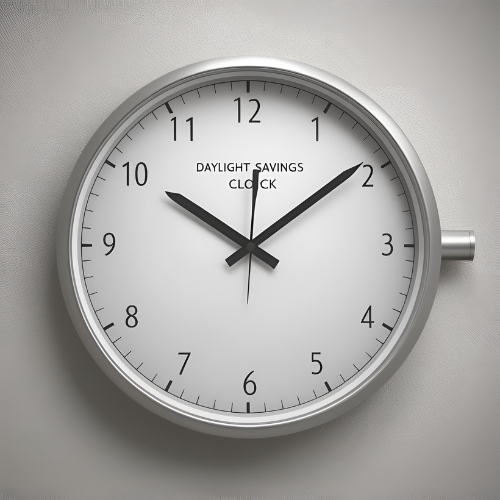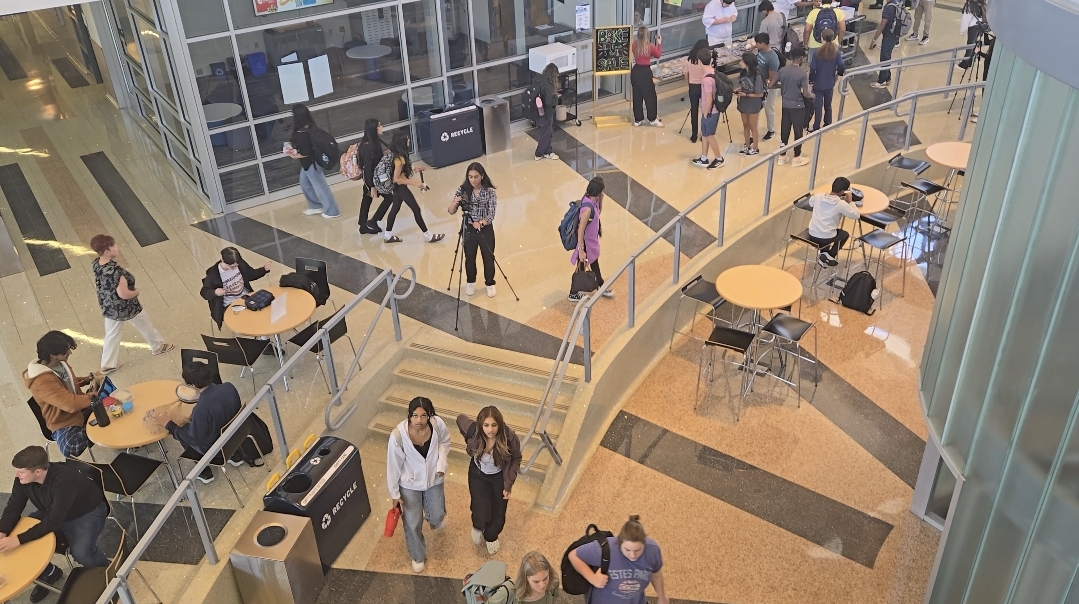FRISCO, TEXAS — Why do we change clocks twice a year, and why does time “spring forward” and then “fall back?”
It all started in 1915 in Germany to conserve fuel during World War I. Three years later, America followed in its footsteps and adopted the Standard Time Act, implementing Daylight Saving Time (DST). DST starts on the second Sunday of March and ends on the first Sunday of November. According to Rebecca Cohen from NBC News, “this was [done in] an effort to extend summertime daylight hours by pushing off sunset an hour.” Because we are not currently at war, people have been debating whether DST is necessary.
Some disagreed with the idea of following DST, like Coach Maner, who shared, “it… throws off the rhythm of [the daily routine] because now it is darker in the morning and brighter in the evening.” Junior Emma Yip agrees, sharing, “I started waking up at six these past two days and have lost a lot of sleep… I’ve [also] been feeling more exhausted at school.” She added to her distaste towards DST by saying, “I don’t like the idea of losing an hour and gaining an hour… it messes up all of our sleep schedules, and you just have to re-adjust everything.”
However, some students liked the idea as it benefits them. Sophomore Fatima Bhatti says, “I guess [DST] has made it easier… I’m fasting for Ramadan, so when I wake up for Suhoor (a meal consumed early in the morning before dawn to prepare for fasting), I can just stay up and get ready for school.”
The debate over Daylight Saving Time continues, with strong conflicting opinions on both sides. While some find it disturbs their daily routines and sleep schedules, others appreciate the extra daylight and find it beneficial for personal reasons. As society develops and evolves, the original purpose of DST becomes less relevant. The question remains– should we continue this tradition, or is it time for a change?













